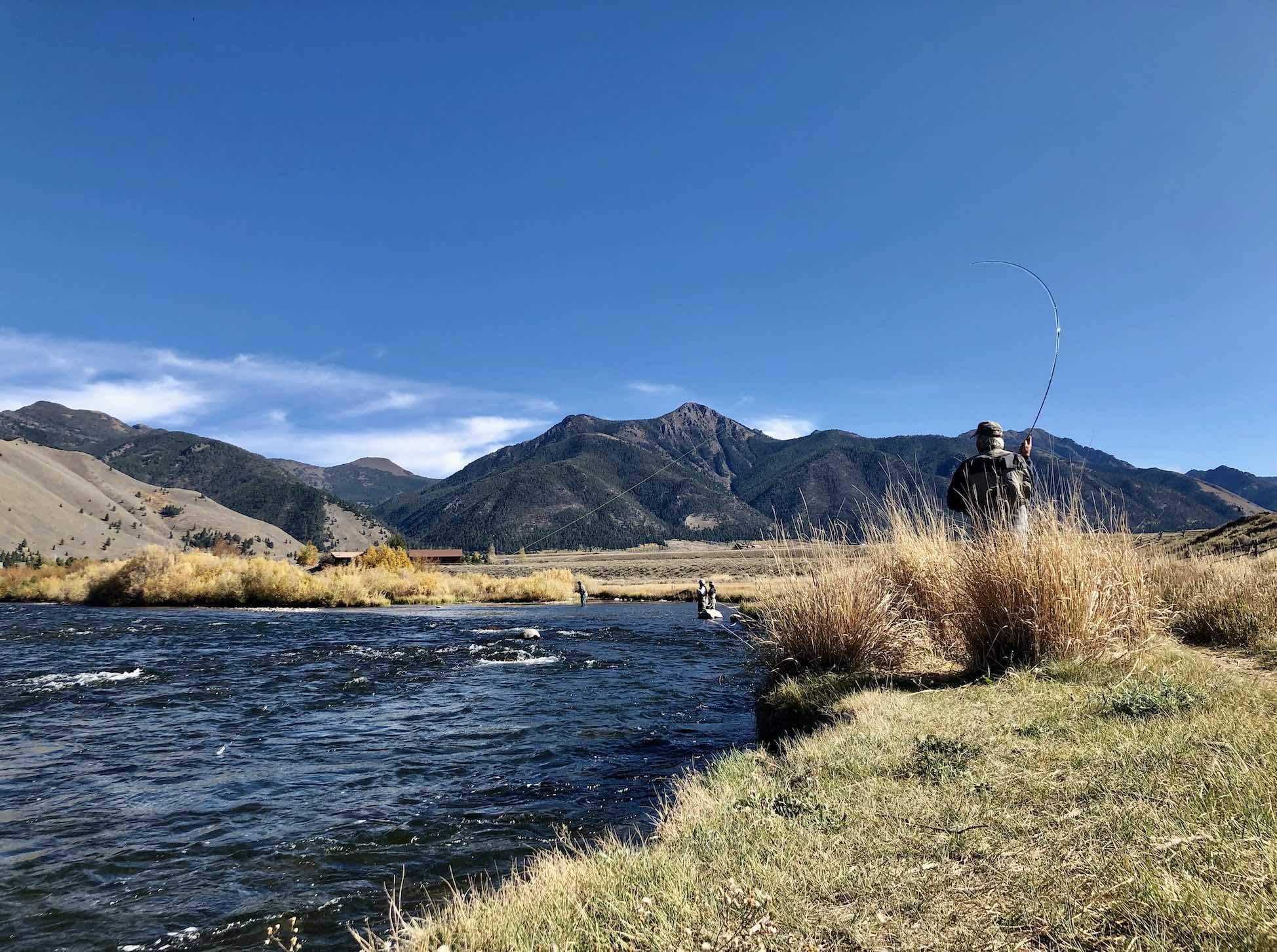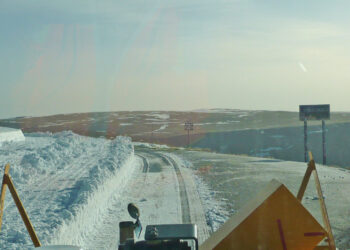By Christine Gianas Weinheimer EBS CONTRIBUTOR
It may seem like spring arrives late in the Greater Yellowstone area, but there’s one marker of spring that almost always comes early: the emergence of bears from hibernation. So next time you head to the park, make sure you’re prepared to avoid a too-close encounter with a bear.
In Yellowstone, male grizzlies and black bears typically come out of hibernation in March, while females with cubs tend to emerge in April and early May. The bears look for food immediately after emerging and often feed on elk and bison that died over the winter.
“These winter kills are an important source of nutrition until the first spring plants emerge in abundance,” said Brad Bulin, senior naturalist for the Yellowstone Forever Institute. “After several months without any food, hungry bears can be very aggressive at carcasses, defending these critical food sources as much as possible.”
Preventing bears from obtaining human food is one of the top priorities of Yellowstone’s wildlife managers. Bears that gain access to human food eventually become more aggressive toward humans, and may need to be removed from the population.
“The places Yellowstone bears are most at risk of finding food is in front-country campgrounds,” Bulin said. “Fortunately, bear boxes are a proven method to improve safety by keeping food locked up and away from hungry bears.”
Yellowstone Forever, the park’s official nonprofit partner, offers a unique opportunity to “Sponsor a Bear Box,” enabling Yellowstone to install bear-proof storage boxes in campgrounds. You can learn more about how to help at yellowstone.org/bear-box.
Each year the park institutes closures in some bear management areas to reduce encounters between bears and humans. Before your trip, review Yellowstone’s online list of closures and, once you arrive, inquire at a visitor center or backcountry office about any recent bear activity.
“Taking proper precautions is important, whether day hiking, in the backcountry, or even along a road,” Bulin said. “In general, never surprise a bear. Give bears the chance to see, hear or smell you. When hiking, pay attention to your surroundings, stay in groups of three or more, make noise and carry bear spray.”
Bear spray is sold throughout the park at Yellowstone Forever Park Stores, gift shops and service stations, as well as in gateway communities. Always select an EPA-approved product that is specifically designed to stop bears. Bear spray is also available to rent in the park at Canyon Village.
While it’s exciting to spot a bear during your visit, never approach them and follow the park rule of maintaining a distance of at least 100 yards. To help you enjoy bears from a safe distance, bring binoculars or use a telephoto lens on your camera.
For additional bear safety information, including a video on how to properly use bear spray, visit the park’s website at nps.gov/yell/planyourvisit.
Christine Gianas Weinheimer lives in Bozeman and has been writing about Yellowstone for 17 years.













